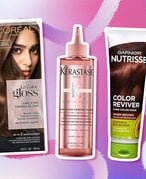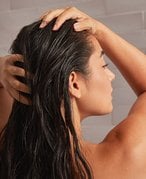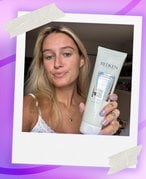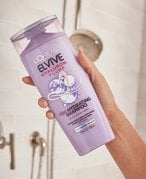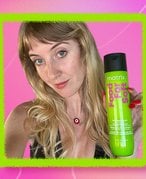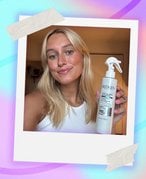Hair Care
Taking care of your hair is about so much more than shampoo and conditioner. Here are all the latest hair care tips and tricks to make sure your hair always looks its best.Recommended Articles
-
![Collage of glosses for dark hair on a pink and purple graphic background]() Hair ColorThe 5 Best Glosses and Masks to Enhance Hot Chocolate Hair10/27/2023
Hair ColorThe 5 Best Glosses and Masks to Enhance Hot Chocolate Hair10/27/2023 -
![A close up of a person with wet hair in the shower]() Hair CareIngredient Talk: Is Hydration or Protein Better for Your Hair?10/17/2023
Hair CareIngredient Talk: Is Hydration or Protein Better for Your Hair?10/17/2023 -
![Photo of an editor with long blonde hair holding up the Redken Acidic Bonding Concentrate 5-Min Liquid Mask Review, collaged on a purple graphic background]() Hair CareThis Redken Conditioning Mask Made My Fine Hair Look So Healthy9/18/2023
Hair CareThis Redken Conditioning Mask Made My Fine Hair Look So Healthy9/18/2023 -
![person holding loreal paris elvive shampoo with hyaluronic acid in the shower]() Hair CareThe Best Hair-Care Products with Hyaluronic Acid for Dry, Dull Stra...8/22/2023
Hair CareThe Best Hair-Care Products with Hyaluronic Acid for Dry, Dull Stra...8/22/2023 -
![Picture of the editor holding the Matrix Food for Soft Shampoo on a graphic green and pink background]() Hair CareThese Avocado-Infused Hair Products Make My Bleached Hair So Soft8/14/2023
Hair CareThese Avocado-Infused Hair Products Make My Bleached Hair So Soft8/14/2023 -
![Photo of editor with long blonde hair holding the Redken Acidic Bonding Concentrate Liquid Conditioner, collaged on a pastel tie-dye background]() Hair CareI Finally Found a Conditioner That Doesn’t Weigh Down My Fine Hair8/9/2023
Hair CareI Finally Found a Conditioner That Doesn’t Weigh Down My Fine Hair8/9/2023
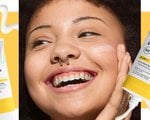
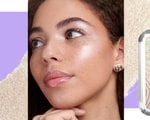

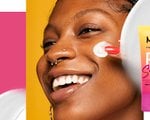

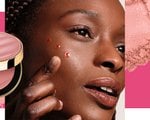
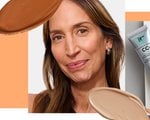
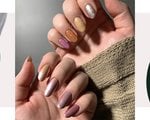
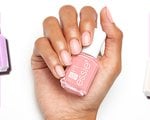
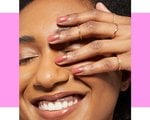
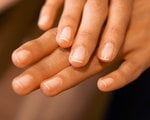
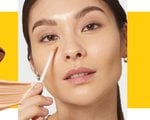
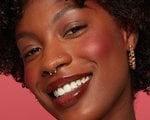
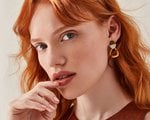

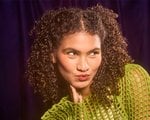

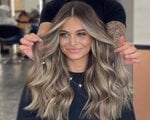
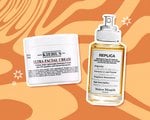
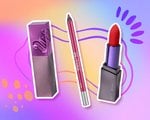
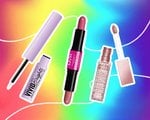
.jpg?cx=0.5&cy=0.5&cw=150&ch=120&blr=False&hash=27326E4FE66B0A2BFABAF4995DA29DC5)

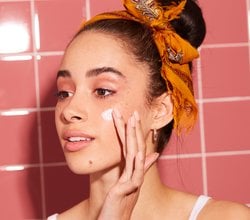


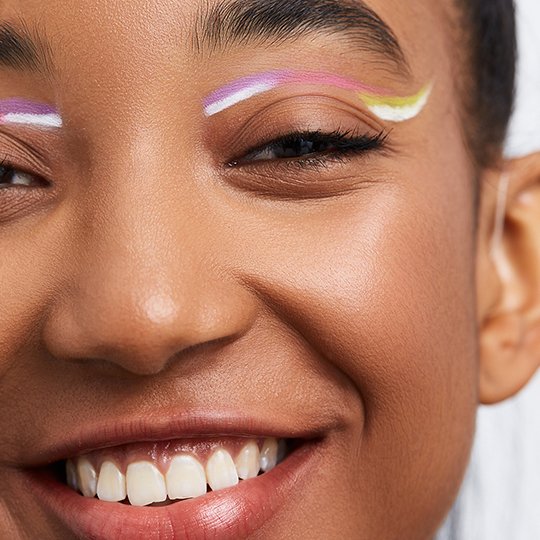
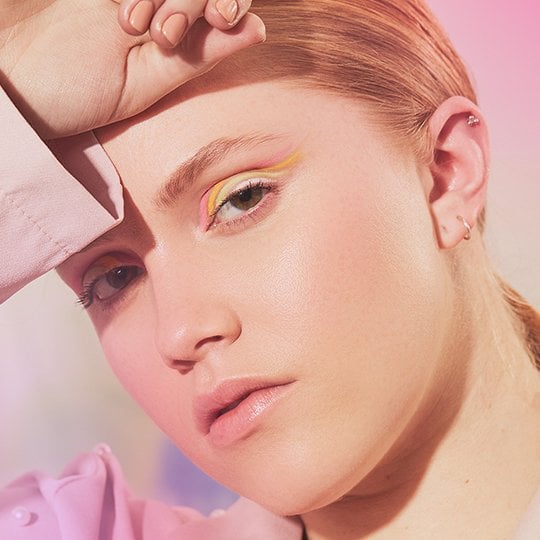
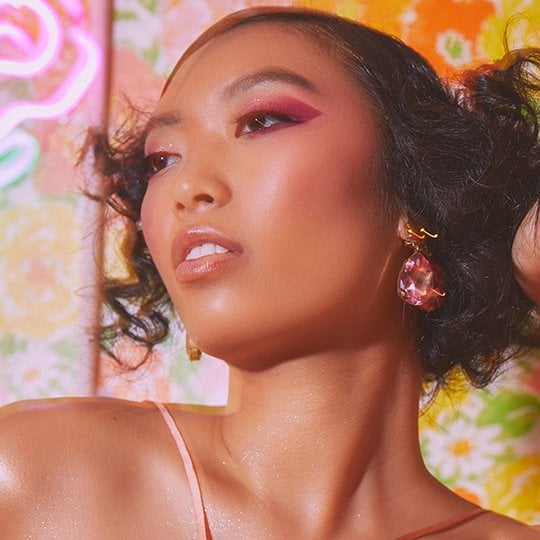
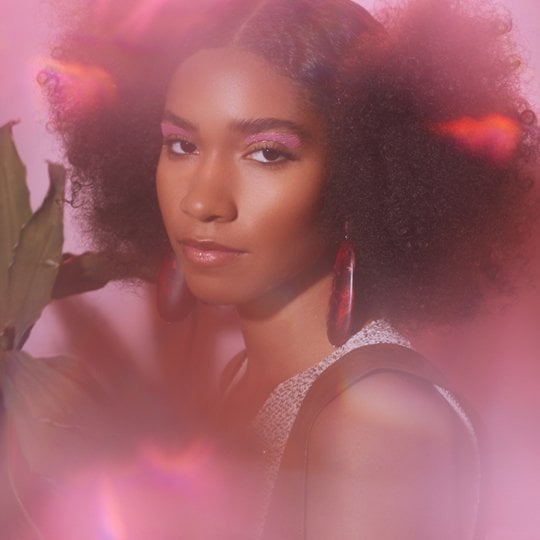
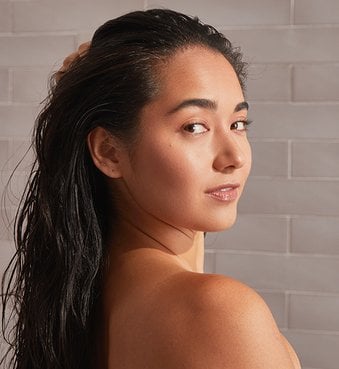

.jpg?cx=0.5&cy=0.5&cw=339&ch=369&blr=True&hash=3F83848D1F0B80B959593EE6C7B8AFCF)
